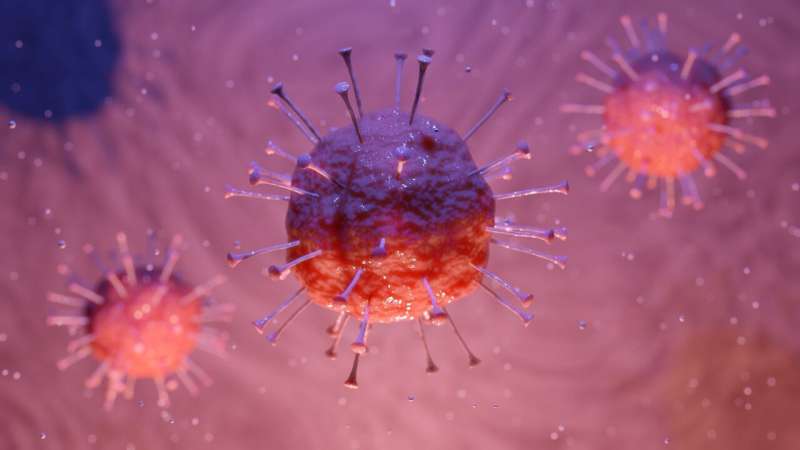Launch of new modeling framework to investigate COVID-19

A team of SHP faculty and researchers, together with Stanford Medicine graduate and medical students and in collaboration with colleagues at CIDE in Mexico, have launched a modeling framework to investigate the epidemiology of COVID-19 and to support pro-active resource planning and policy evaluations for diverse populations and geographies—including California, Mexico and India.
The Stanford-CIDE Coronavirus Simulation Model—or SC-COSMO—incorporates realistic demography and patterns of contacts sufficient for transmission of the virus that has infected more than 2 million people worldwide and claimed more than 125,600 lives, according to the widely used Johns Hopkins COVID-19 map which is updated several times a day.
The SC-COSMO model also incorporates non-pharmaceutical interventions, such as social distancing, timing and effects on reductions in contacts which may differ by demography.
Jeremy Goldhaber-Fiebert, an associate professor of medicine at Stanford Health Policy, is the principal investigator of the project, along with Fernando Alarid-Escudero, an assistant professor at the Center for Research and Teaching in Economics (CIDE) in Mexico and Jason Andrews, an assistant professor of medicine (infectious diseases) at Stanford Medicine. Other SHP faculty among the 20 investigators and staff members who are working on the project are Joshua Salomon and David Studdert, both professors of medicine.
The SC-COSMO team is a multi-disciplinary, multi-institutional team including expertise and experience in infectious disease, epidemiology, mathematical modeling and simulation, statistics, decision science, health policy, health law and health economics.
"As COVID-19 transmission occurs throughout the world's diverse populations, it is critical to efficiently model and forecast its future spread between and within these populations and to appropriately reflect uncertainty in modeled outcomes," Goldhaber-Fiebert said. "Doing so supports timely resource planning and decision making between potentially appropriate and effective interventions that balance the trade-offs they embody."
The team is currently working on three projects:
- The researchers are providing California with county-level COVID-19 estimates for such things as the number of infections, detected cases and projections of future needs for hospital and ICU beds, personal protective equipment (PPE) and ventilators.
- The project is working on potential strategies to mitigate the COVID-19 pandemic in Mexico by focusing on three specific objectives: collecting, synthesizing and openly sharing the most relevant and useful data; accelerating the development of the SC-COSMO model and its adaptation to the Mexican situation; and identifying a set of mitigation strategies, comparing the health and economic consequences in the population in the medium and long term.
- They are developing forecast models of the COVID-19 epidemic in India with the Wadhwani Institute of Artificial Intelligence and its Indian government partners, providing a rapid response to urgent needs for planning and resource allocation.




















